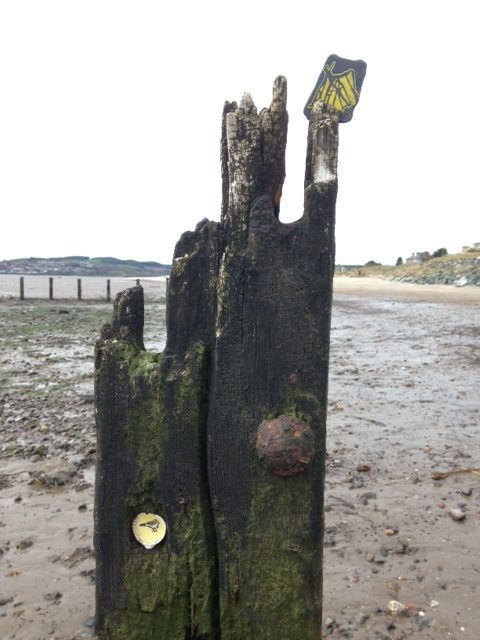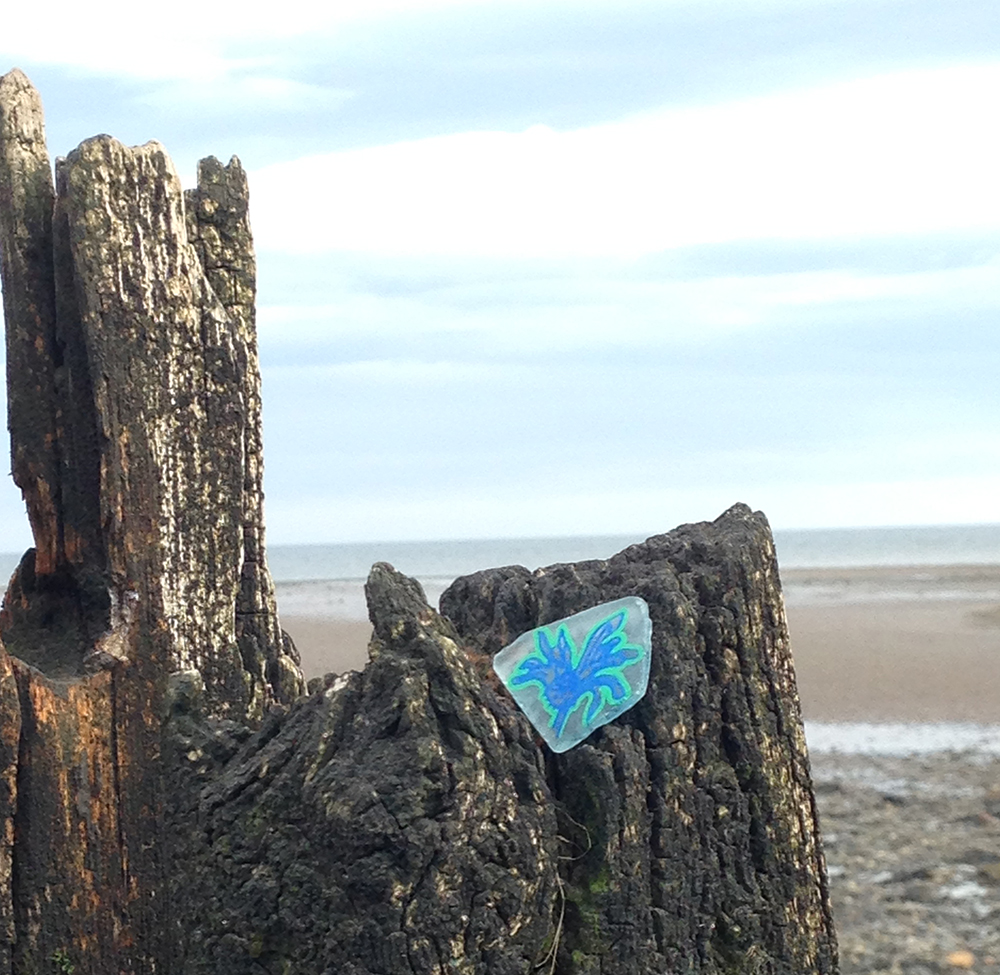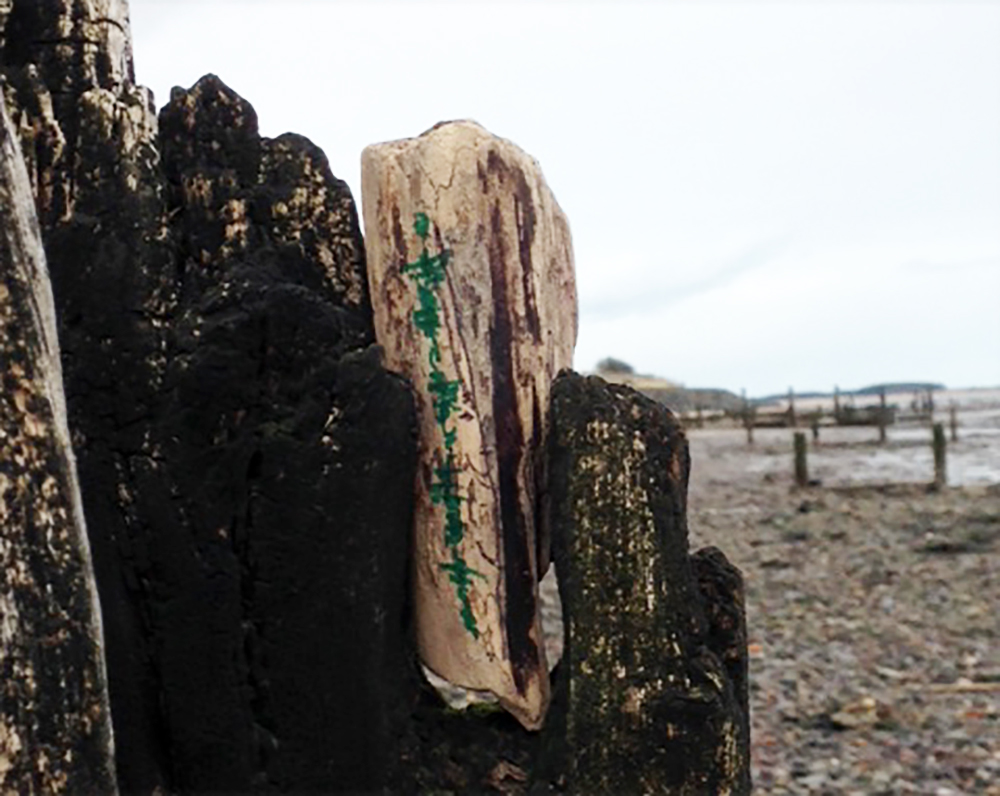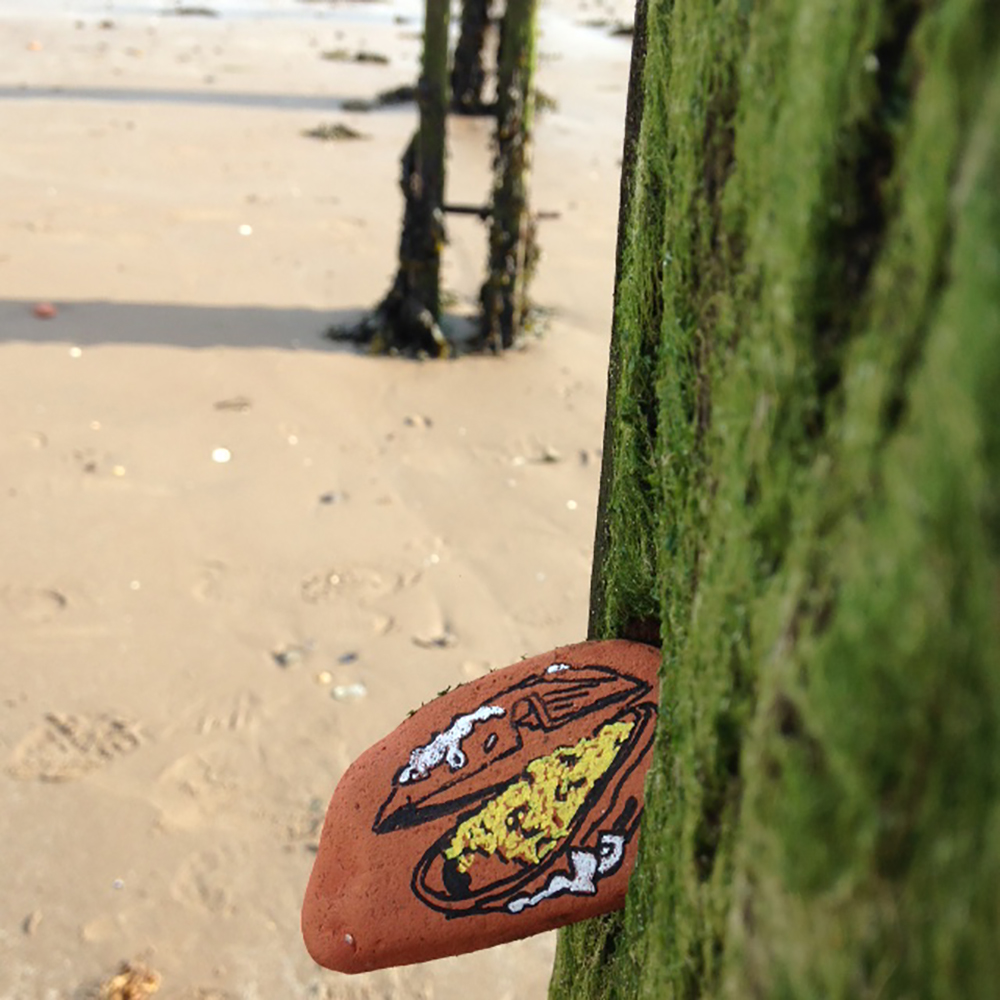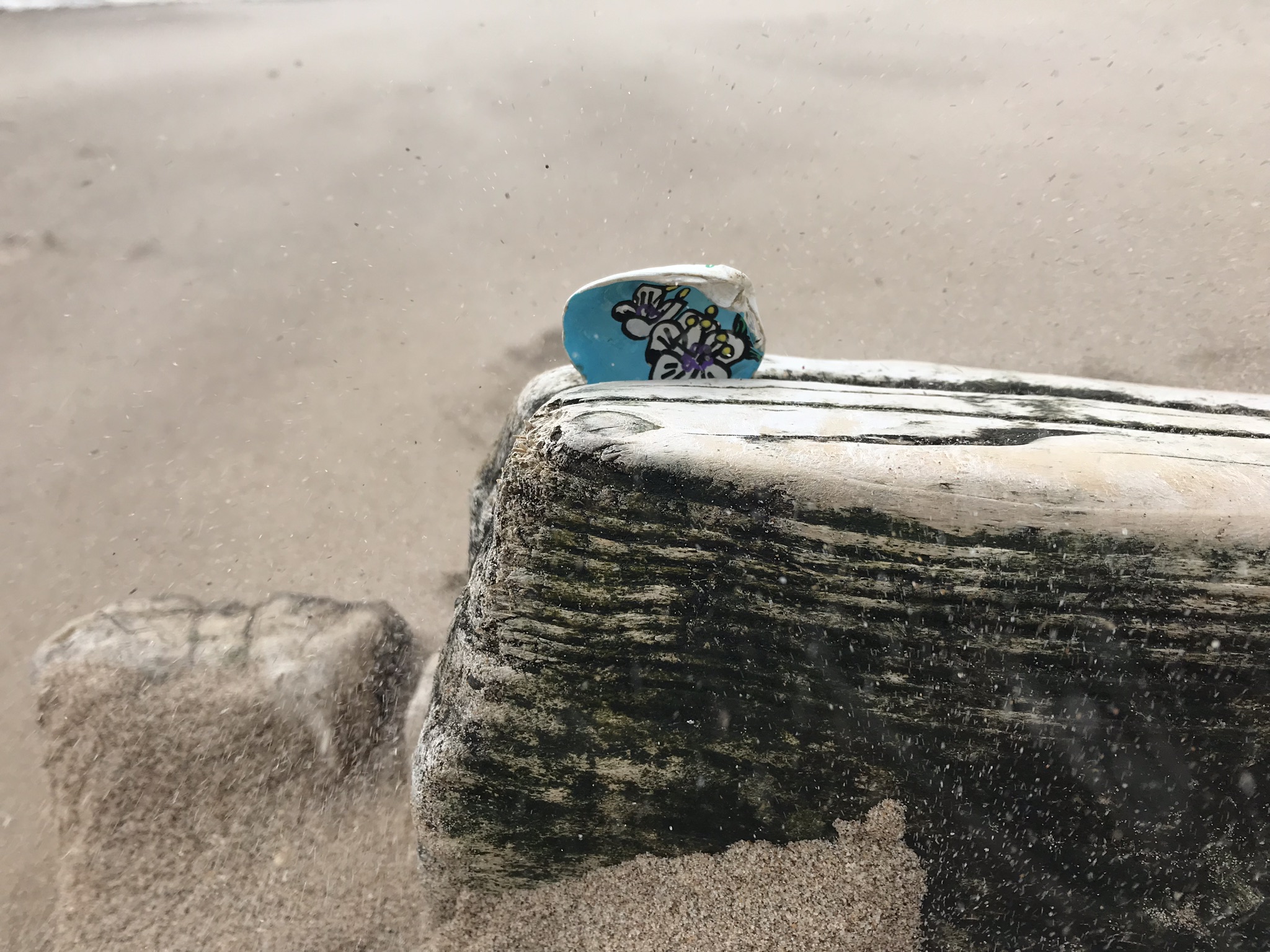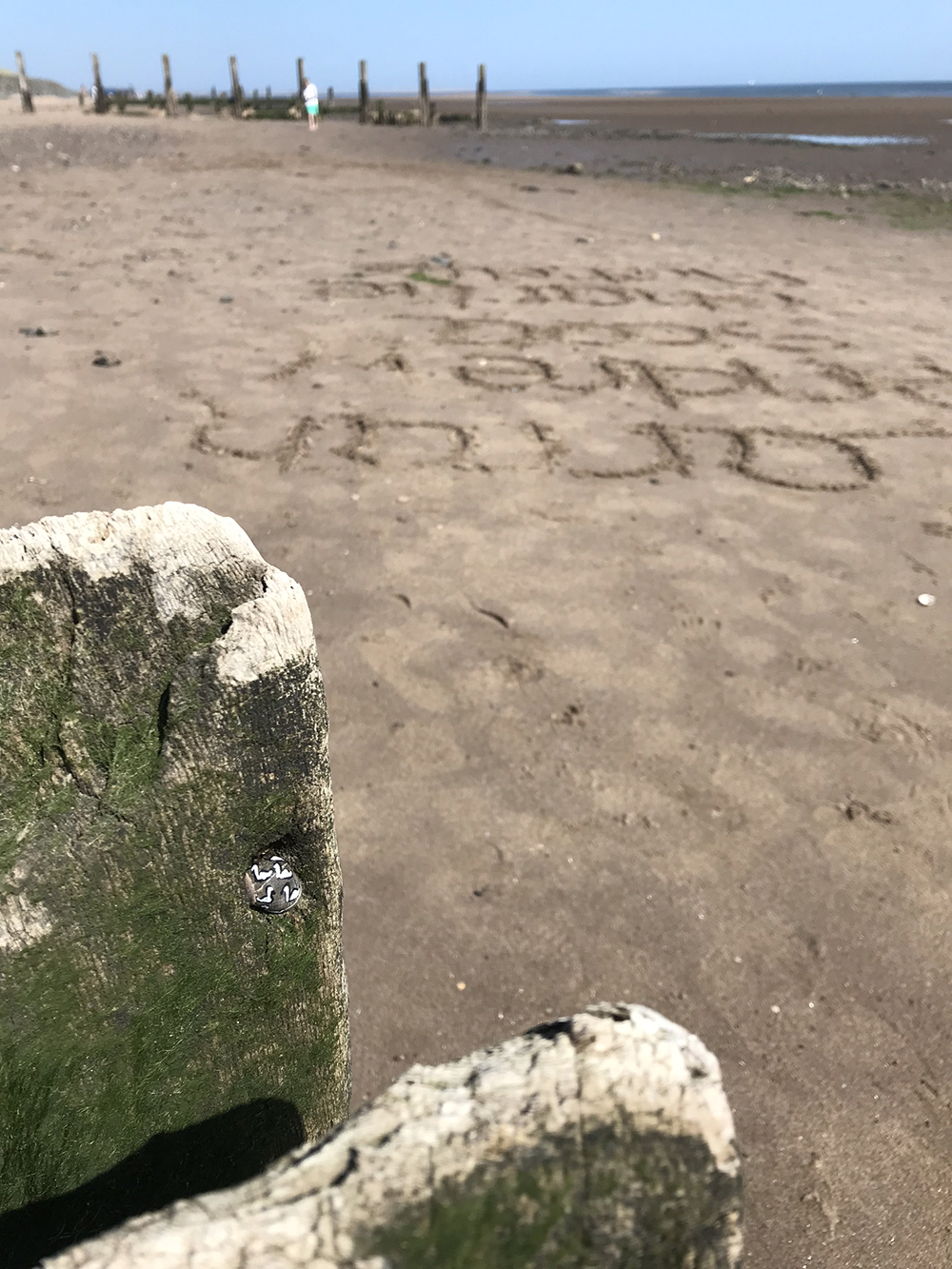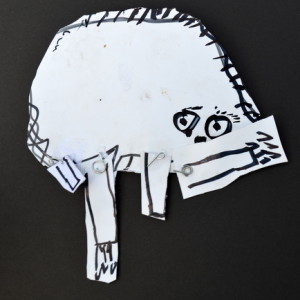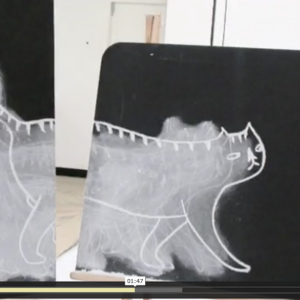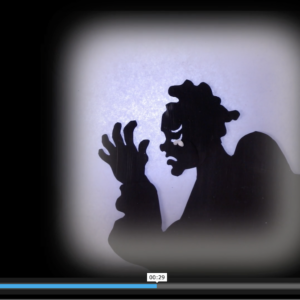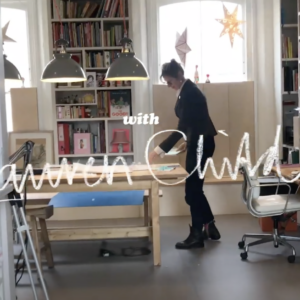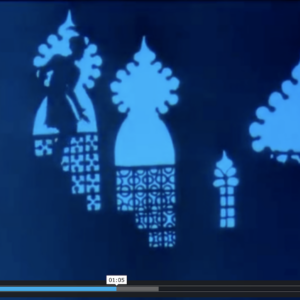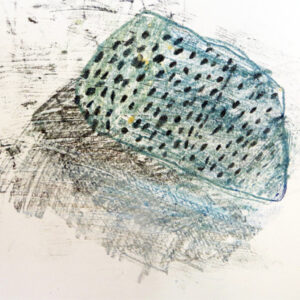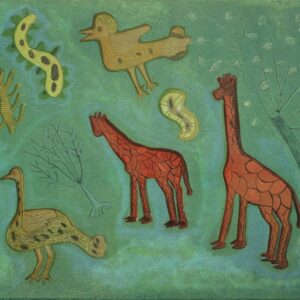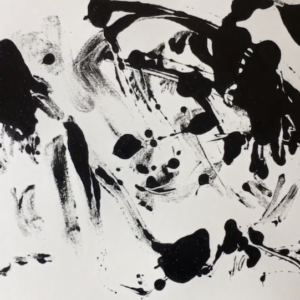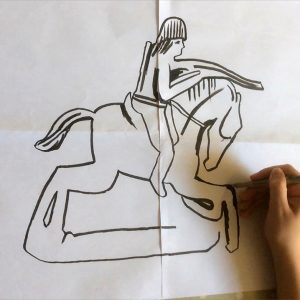From Early Years
Woodland Exploration by Caroline Wendling & Deborah Wilenski
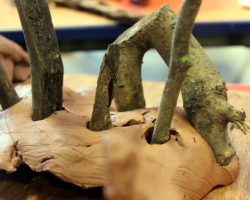 Artists Caroline Wendling and Deborah Wilenski encourage young children in a woodland exploration using art and imagination as their discovery tools.
Artists Caroline Wendling and Deborah Wilenski encourage young children in a woodland exploration using art and imagination as their discovery tools.
Nest By Paula Briggs
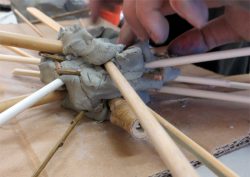 Paula gives children the tools to both draw and make. Children worked with hard and soft pencils, graphite, wax resist, watercolour, clay and sticks.
Paula gives children the tools to both draw and make. Children worked with hard and soft pencils, graphite, wax resist, watercolour, clay and sticks.
From Key Stage One
How to Clay Play
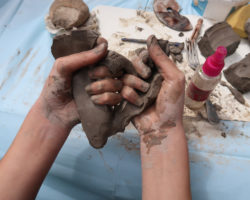 This resource, commissioned by Cambridge City Council, encourages being together through making and introduces the basics of working with Scolaquip air-hardening clay.
This resource, commissioned by Cambridge City Council, encourages being together through making and introduces the basics of working with Scolaquip air-hardening clay.
Ofsted are Coming Tomorrow!
 Primary school teacher, Sue Brown, shares her experience of an Ofsted Deep Dive in Art and gives advice to other teachers on how they might prepare themselves.
Primary school teacher, Sue Brown, shares her experience of an Ofsted Deep Dive in Art and gives advice to other teachers on how they might prepare themselves.
Quick Clay Figurative Sketches By Paula Briggs
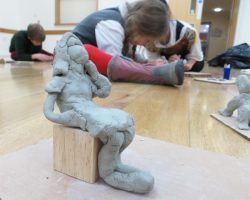 Paula provided young children with the opportunity to explore clay as a “short term” construction and modelling material. Without being fired, the dry clay has a limited lifespan, and the sculptures will crumble, but I think it’s important to remind oursleves that even without access to a kiln, clay can still be regarded as a valuable sculptural material.
Paula provided young children with the opportunity to explore clay as a “short term” construction and modelling material. Without being fired, the dry clay has a limited lifespan, and the sculptures will crumble, but I think it’s important to remind oursleves that even without access to a kiln, clay can still be regarded as a valuable sculptural material.
Decorative Clay Coil Pots by Sharon Gale
 This simple clay pot making resource is not the traditional way of making coil pots but it’s lots of fun and by using different paint effects, the end results can be very interesting. We worked on this project for two, two-hour sessions.
This simple clay pot making resource is not the traditional way of making coil pots but it’s lots of fun and by using different paint effects, the end results can be very interesting. We worked on this project for two, two-hour sessions.
Making Plaster Reliefs By Paula Briggs
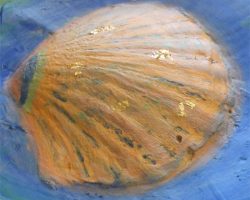 This resource describes how to create plaster reliefs using clay and foamboard moulds. It is based upon a session which took place at Bourn Primary Academy with a group of Year 5 children.
This resource describes how to create plaster reliefs using clay and foamboard moulds. It is based upon a session which took place at Bourn Primary Academy with a group of Year 5 children.
Clay Art Medals by Sharon Gale
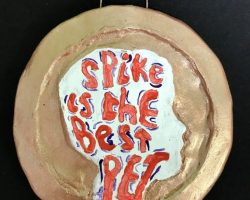 In this three stage resource, students make a circular medal from clay depicting their own profile, look at examples of fun lettering and devise a short, fun or meaningful phrase to paint inside their portrait profile. Clay art medals are a fun way to link class topics with an art activity.
In this three stage resource, students make a circular medal from clay depicting their own profile, look at examples of fun lettering and devise a short, fun or meaningful phrase to paint inside their portrait profile. Clay art medals are a fun way to link class topics with an art activity.
Japan: Making Sushi – Recycled Style! By Jan Miller
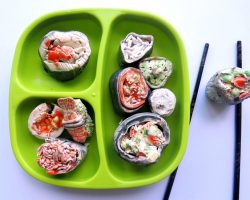 Inspired by research into Japanese culture, children explored the potential and limitations of paper and recycled materials, learning through play and experimentation to make 3D forms. The outcomes of this process were used to inform work created in a second medium of clay, using kitchen equipment to shape the clay and add textures.
Inspired by research into Japanese culture, children explored the potential and limitations of paper and recycled materials, learning through play and experimentation to make 3D forms. The outcomes of this process were used to inform work created in a second medium of clay, using kitchen equipment to shape the clay and add textures.
From Key Stage Two
Japan – Ceramics Inspire Painting and Painting Inspires Ceramics By Jan Miller
 Jan shares a Year Three class project that uses the work of a contemporary Japanese ceramicist to inspire vibrant paintings in a variety of materials. The children then used their own art to design ceramic vessels.
Jan shares a Year Three class project that uses the work of a contemporary Japanese ceramicist to inspire vibrant paintings in a variety of materials. The children then used their own art to design ceramic vessels.
Clay ‘Portrait’ Miniatures by Sharon Gale
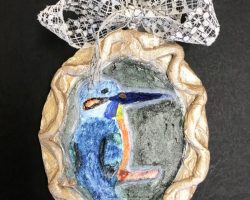 Portrait miniatures are small painted images, usually of monarchs and very wealthy, important people. Dating back to the 1520s, these tiny portraiture paintings are like medals, but with realistic colour. This two stage clay and painting resource is very versatile because essentially the miniatures are blank canvasses.
Portrait miniatures are small painted images, usually of monarchs and very wealthy, important people. Dating back to the 1520s, these tiny portraiture paintings are like medals, but with realistic colour. This two stage clay and painting resource is very versatile because essentially the miniatures are blank canvasses.
Clay Slab Work by Andy Cairns
 This resource explores how to make an armature and use clay slab to build a form. Based upon the legend of “Black Shuck”, a ghostly dog that roams the coast searching for its drowned masters, this project engaged the children and resulted in charismatic sculptures, but you could equally transfer the activity to other themes.
This resource explores how to make an armature and use clay slab to build a form. Based upon the legend of “Black Shuck”, a ghostly dog that roams the coast searching for its drowned masters, this project engaged the children and resulted in charismatic sculptures, but you could equally transfer the activity to other themes.
Fruit-Inspired Clay Tiles By Rachel Dormor
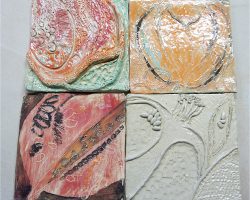 Ceramicist Rachel Dormor shares a workshop idea suitable for primary or secondary aged children. Working in clay, pupils take their inspiration from drawings of fruit to make decorative clay tiles.
Ceramicist Rachel Dormor shares a workshop idea suitable for primary or secondary aged children. Working in clay, pupils take their inspiration from drawings of fruit to make decorative clay tiles.
Fruit Pinch Pot Project By Rachel Dormor
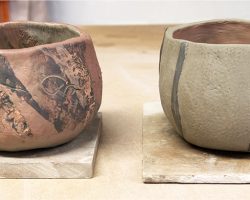 Ceramicist Rachel Dormor shares a workshop idea suitable for primary or secondary aged children. Working in clay, pupils take their inspiration from drawings of fruit to make simple pinch pot mugs.
Ceramicist Rachel Dormor shares a workshop idea suitable for primary or secondary aged children. Working in clay, pupils take their inspiration from drawings of fruit to make simple pinch pot mugs.
From Key Stage Three and Beyond
Chimera Drawings into Beautiful Terracotta Tiles By Eleanor Somerset
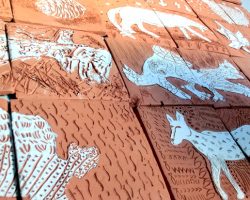 Sgraffito, or ‘scratching’ is a technique which is an excellent way to reinforce mark making with all age groups.
Sgraffito, or ‘scratching’ is a technique which is an excellent way to reinforce mark making with all age groups.
Drawing into leather hard red clay tiles to create designs using mark-making can be even more effective when done through a white earthernware slip to reveal the red clay beneath.
Exploring Materials: Clay and Water by Sheila Ceccarelli
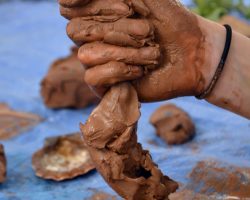 Sheila asked teenagers at AccessArt’s Experimental Drawing Class when the last time was that they had played with clay?
Sheila asked teenagers at AccessArt’s Experimental Drawing Class when the last time was that they had played with clay?
Arts and Minds: Manipulating Clay with Water by Sheila Ceccarelli
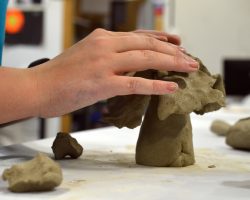 This post shows how to facilitate a sensory session exploring water and clay – by Sheila Ceccarelli (artist) and Yael Pilowsky Bankirer (Psychotherapist) for Arts and Minds.
This post shows how to facilitate a sensory session exploring water and clay – by Sheila Ceccarelli (artist) and Yael Pilowsky Bankirer (Psychotherapist) for Arts and Minds.
Painted Clay by Melissa Pierce Murray
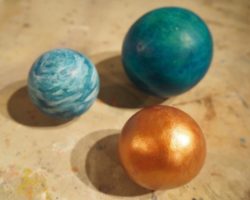 This post was inspired by the Japanese art of dorondongo, where mud and dirt are shaped and buffed into highly polished spheres. We made clay spheres and other simple forms in clay, and once dry, painted them with ink and acrylic.
This post was inspired by the Japanese art of dorondongo, where mud and dirt are shaped and buffed into highly polished spheres. We made clay spheres and other simple forms in clay, and once dry, painted them with ink and acrylic.
Exploring Portraits with Eleanor Somerset
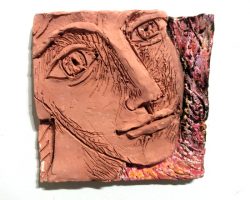 In this resource artist, Eleanor Somerset shows how she led students in The Little Art Studio, Sheffield, to explore and discover portraiture through various media.
In this resource artist, Eleanor Somerset shows how she led students in The Little Art Studio, Sheffield, to explore and discover portraiture through various media.
Introducing Sgraffito using a Coloured Clay Slip on a Terracotta Tile By Eleanor Somerset
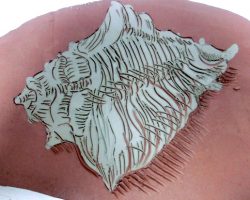 Further explore how to make beautiful sgraffito, or ‘scratched drawings’ with artist Eleanor Somerset.
Further explore how to make beautiful sgraffito, or ‘scratched drawings’ with artist Eleanor Somerset.
From Bones and Body to Structure and Form By Melissa Pierce Murray
 Artist Melissa Pierce Murray worked with teenagers from AccessArt’s Experimental Drawing Class on a series of workshops which physically explored drawing and sculptural responses to form, forces and anatomy.
Artist Melissa Pierce Murray worked with teenagers from AccessArt’s Experimental Drawing Class on a series of workshops which physically explored drawing and sculptural responses to form, forces and anatomy.
Simple Clay Moulds by Melissa Pierce Murray
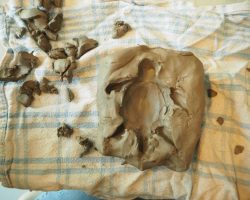 In this post, artist Melissa Pierce Murray, shows, step-by-step, how young teenagers explored plaster casting by making simple clay ‘waste moulds’ and then moved on to making simple ‘two piece moulds’.
In this post, artist Melissa Pierce Murray, shows, step-by-step, how young teenagers explored plaster casting by making simple clay ‘waste moulds’ and then moved on to making simple ‘two piece moulds’.
Casting a Negative Space in Plaster with Sculptor Rachel Wooller
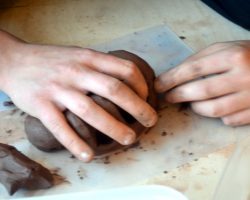 Resident artist at ArtWorks Studios, Cambridge, Rachel Wooller, introduces teenagers at AccessArt’s Experimental Drawing Class to the process of casting and creating negative shapes in plaster from clay positives.
Resident artist at ArtWorks Studios, Cambridge, Rachel Wooller, introduces teenagers at AccessArt’s Experimental Drawing Class to the process of casting and creating negative shapes in plaster from clay positives.
Rowan: Clay Coiling Techniques to Make Penguins, Tweety Pie and a Dalek too! by Abi Moore and Sarah Nibbs
 Abi, Sarah and students at Rowan Humberstone, show how they made clay birds using clay coiling techniques and with a plaster mould for the birds’ bases.
Abi, Sarah and students at Rowan Humberstone, show how they made clay birds using clay coiling techniques and with a plaster mould for the birds’ bases.
Rowan: Making a Clay Bird from a Mould by Abi Moore and Sarah Nibbs
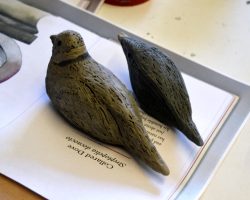 Abi and students from Rowan Humberstone, describe how they made clay birds from a plaster mould.
Abi and students from Rowan Humberstone, describe how they made clay birds from a plaster mould.
Modelling The Head in Clay by Melissa Pierce Murray
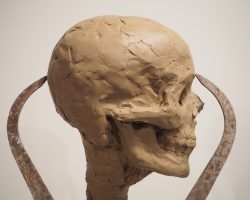 Artist Melissa Pierce Murray led a series of workshops for AccessArt’s Experimental Drawing Class in which the teenagers modelled a head in clay. There are five resources in this series, beginning with constructing an armature and making preparatory drawings, then studying the bone structure of the skull before moving on to features. The final post in this series looks at ways to increase the techniques and approaches used in drawing.
Artist Melissa Pierce Murray led a series of workshops for AccessArt’s Experimental Drawing Class in which the teenagers modelled a head in clay. There are five resources in this series, beginning with constructing an armature and making preparatory drawings, then studying the bone structure of the skull before moving on to features. The final post in this series looks at ways to increase the techniques and approaches used in drawing.
Design Lab: Phoebe Cummings at the V&A
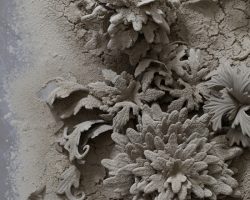 Students, from the DesignLab at the V&A, London, worked with artist Phoebe Cummings over a three month period to create a site-specific, group piece, from unfired clay which was inspired by the historical 2D designs found on 19th century British tableware in the collection.
Students, from the DesignLab at the V&A, London, worked with artist Phoebe Cummings over a three month period to create a site-specific, group piece, from unfired clay which was inspired by the historical 2D designs found on 19th century British tableware in the collection.
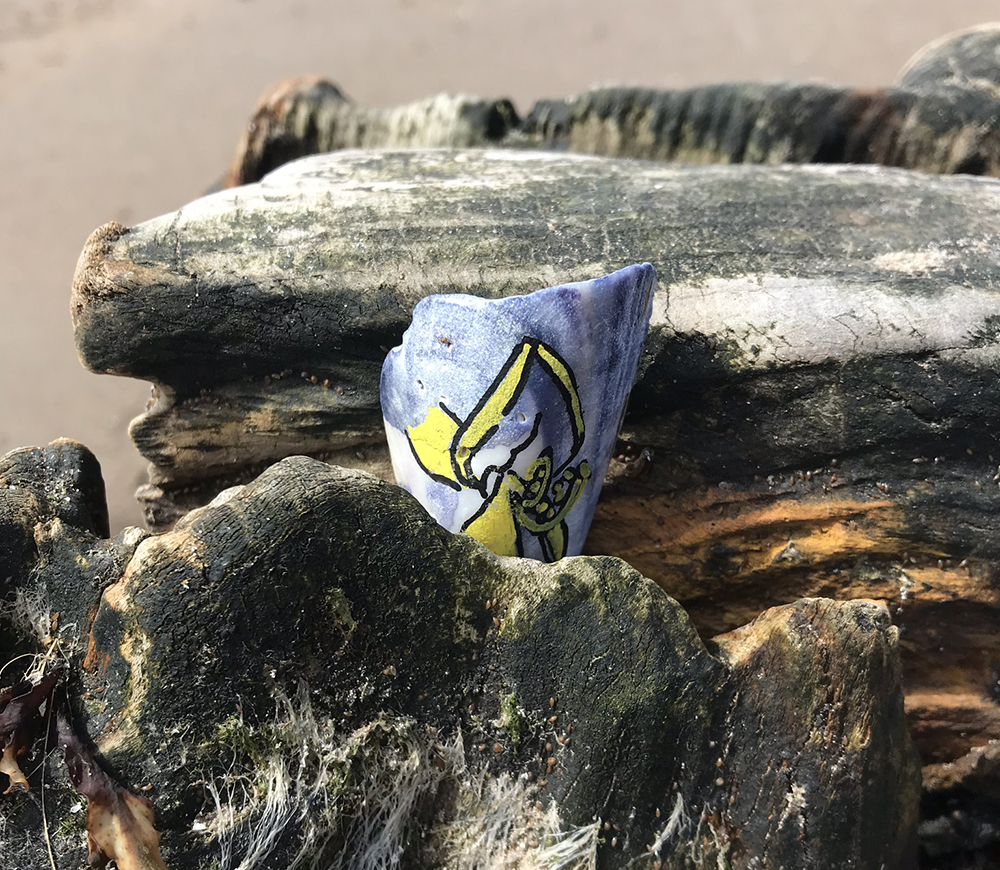
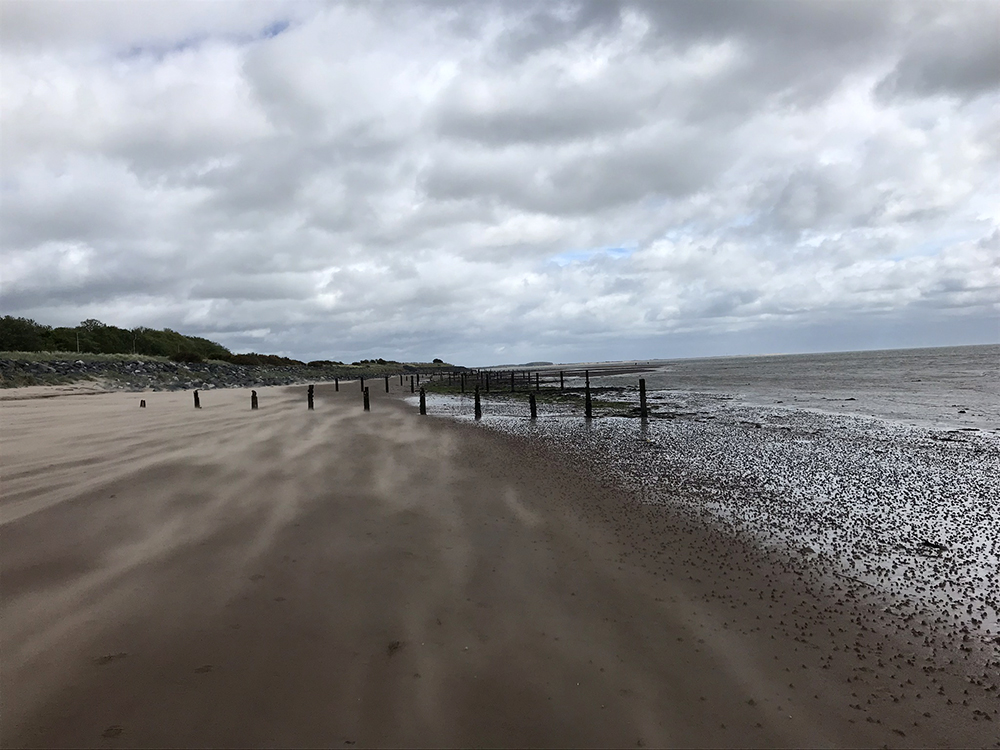
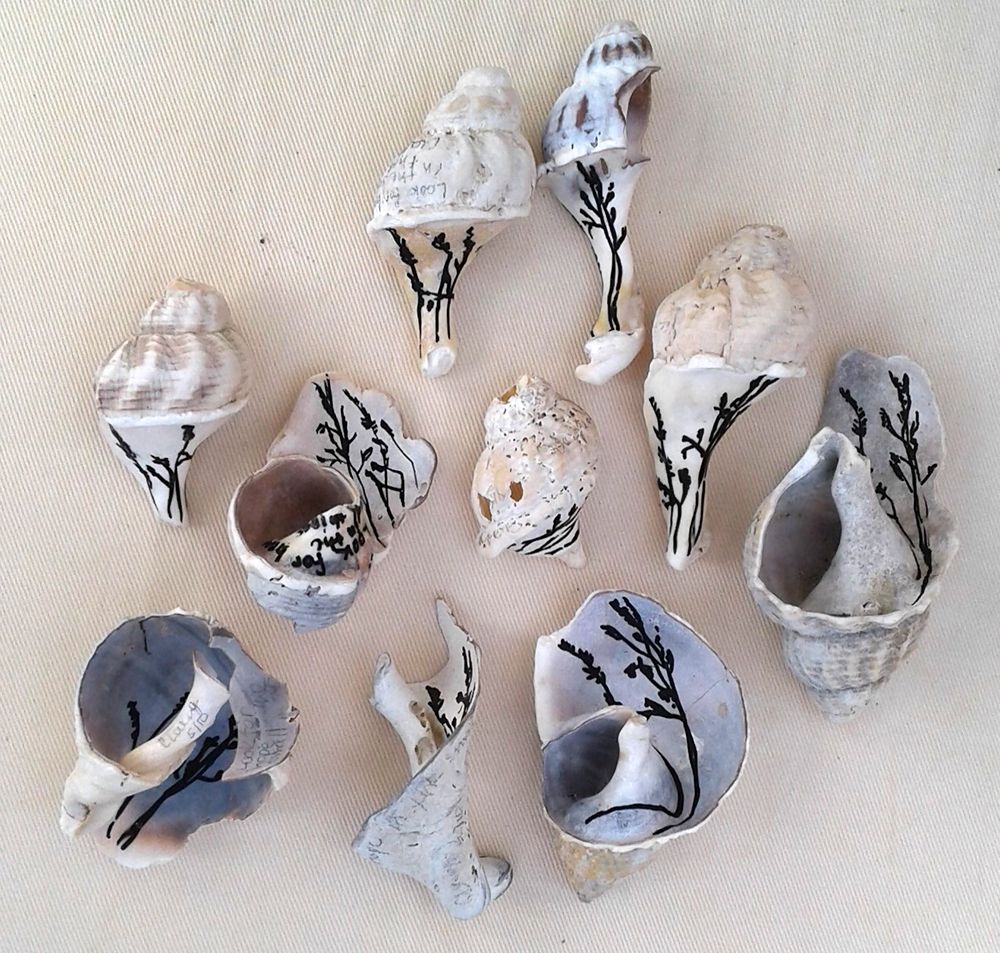
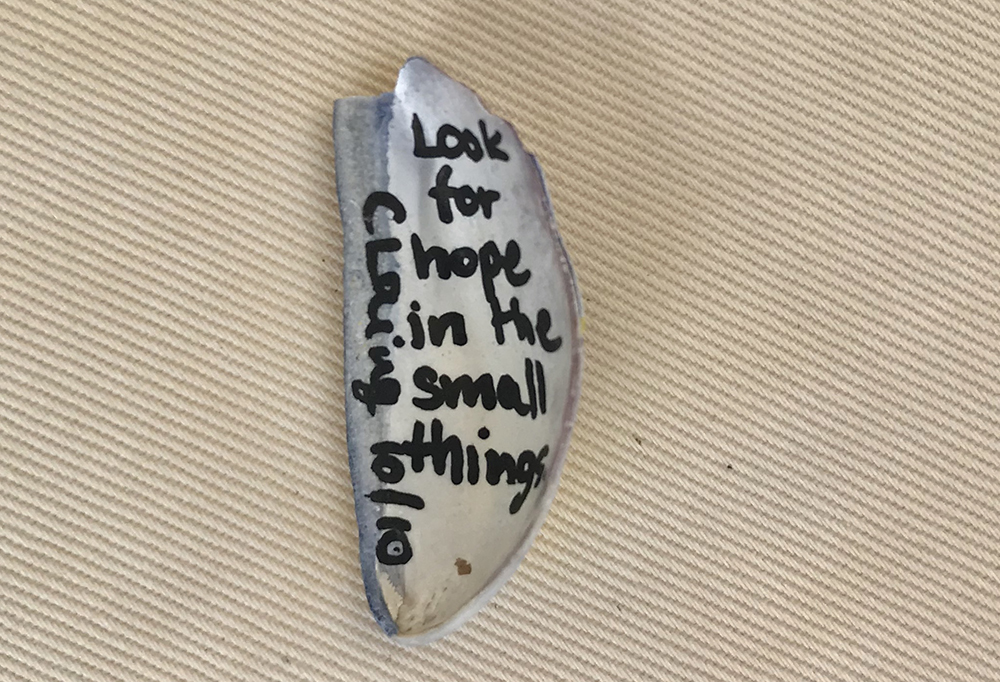 When these drawings are complete, I return them to the beach and place them on the groynes. My hope is that they will be seen, and even collected by other people, and they will feel the joy of finding something unexpected when they are walking. However, I realise that many of them will be washed away with the tide. At the time of writing I have made thirteen sets of these drawings – my goal is to reach a symbolic 19!
When these drawings are complete, I return them to the beach and place them on the groynes. My hope is that they will be seen, and even collected by other people, and they will feel the joy of finding something unexpected when they are walking. However, I realise that many of them will be washed away with the tide. At the time of writing I have made thirteen sets of these drawings – my goal is to reach a symbolic 19!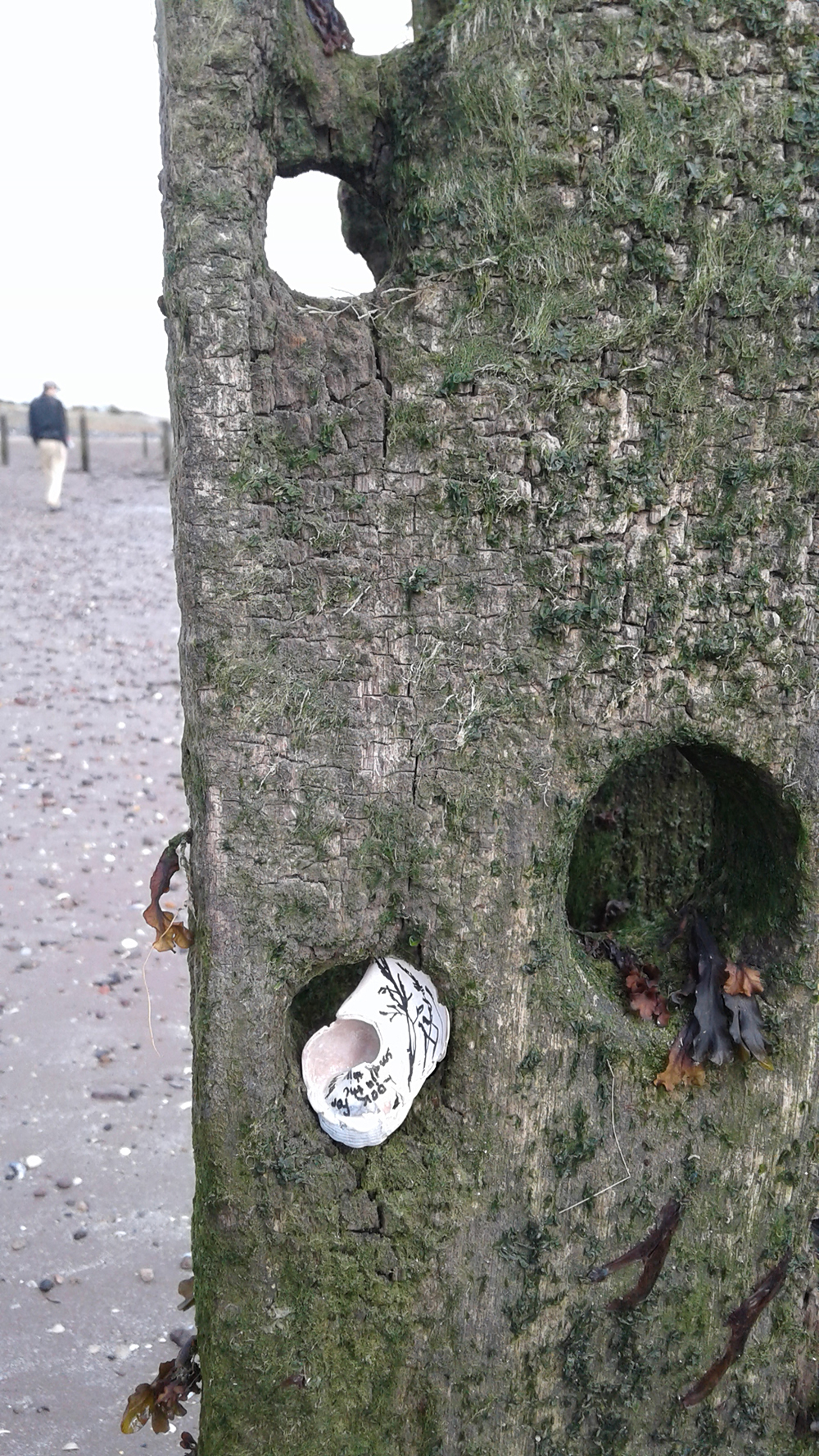
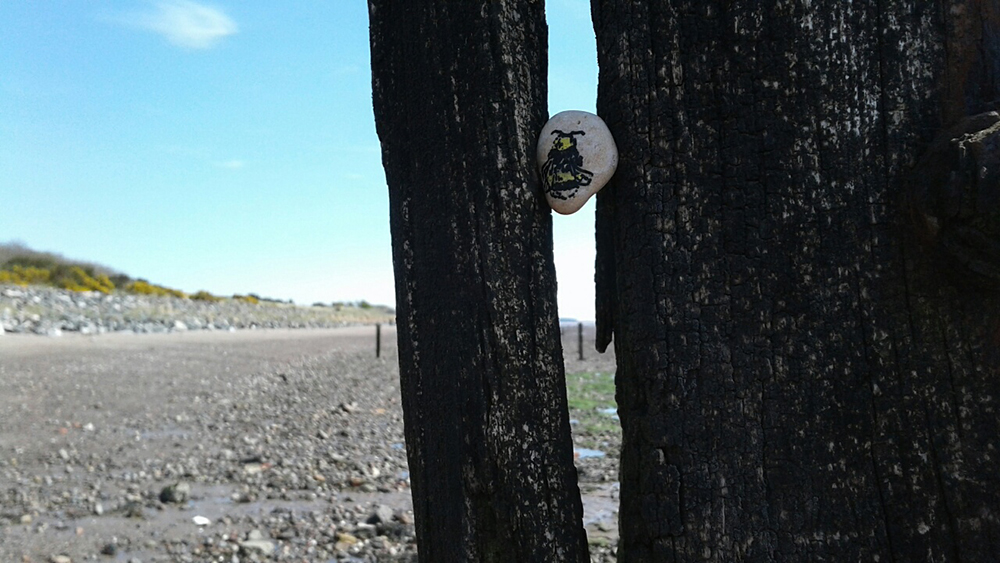
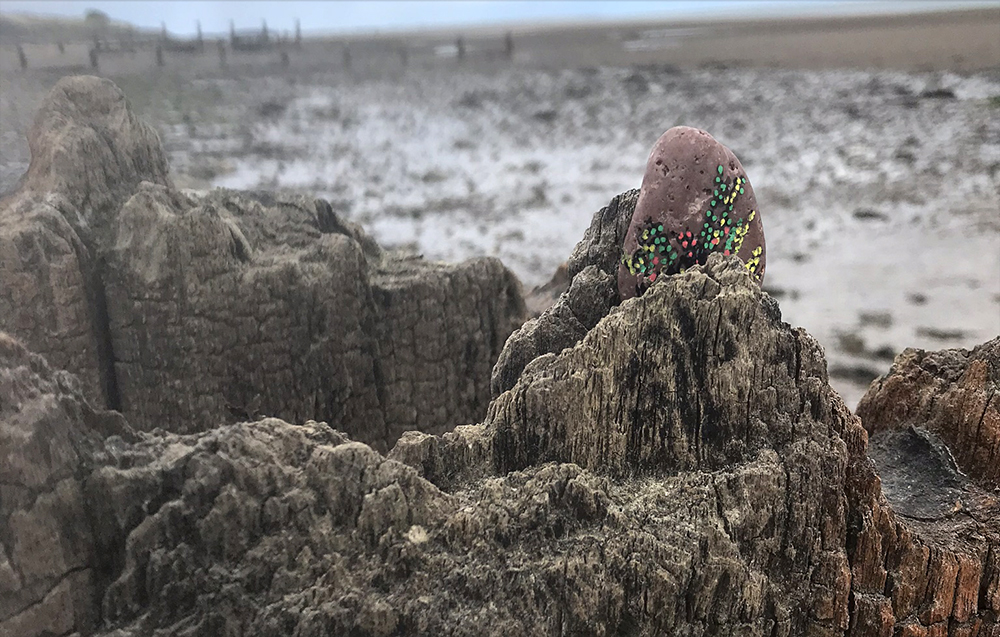
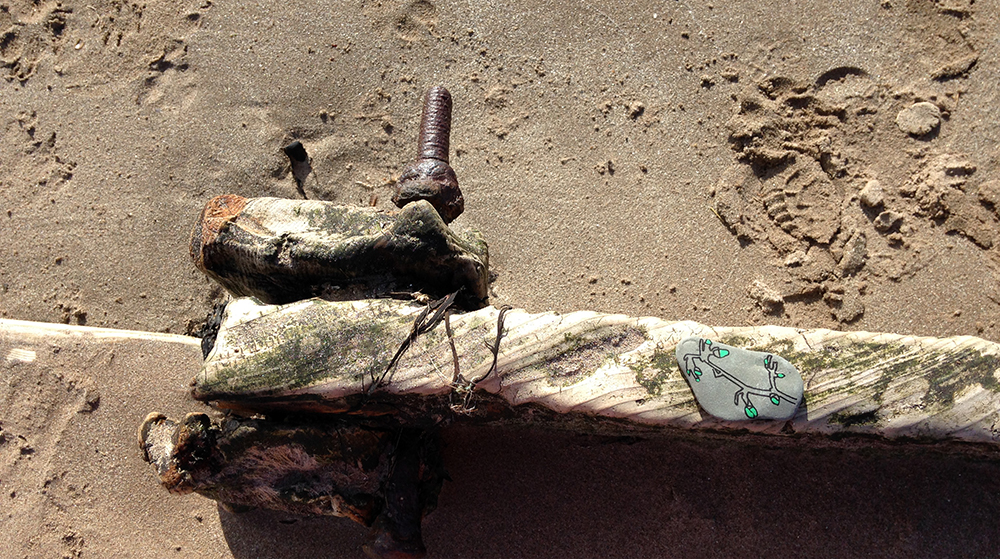
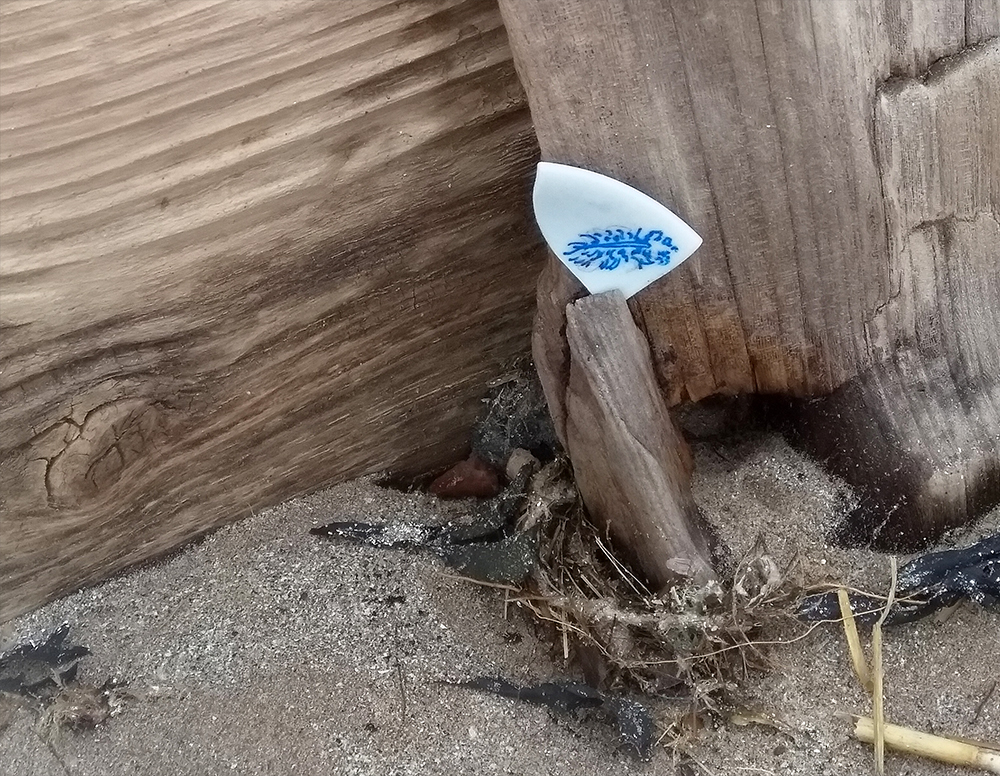
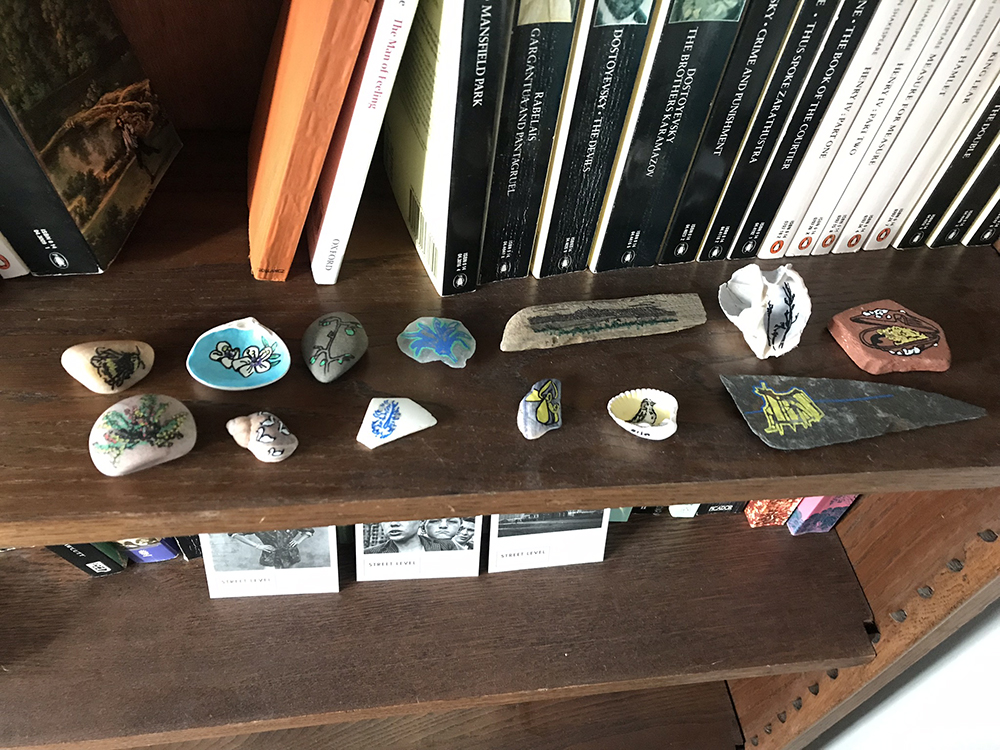
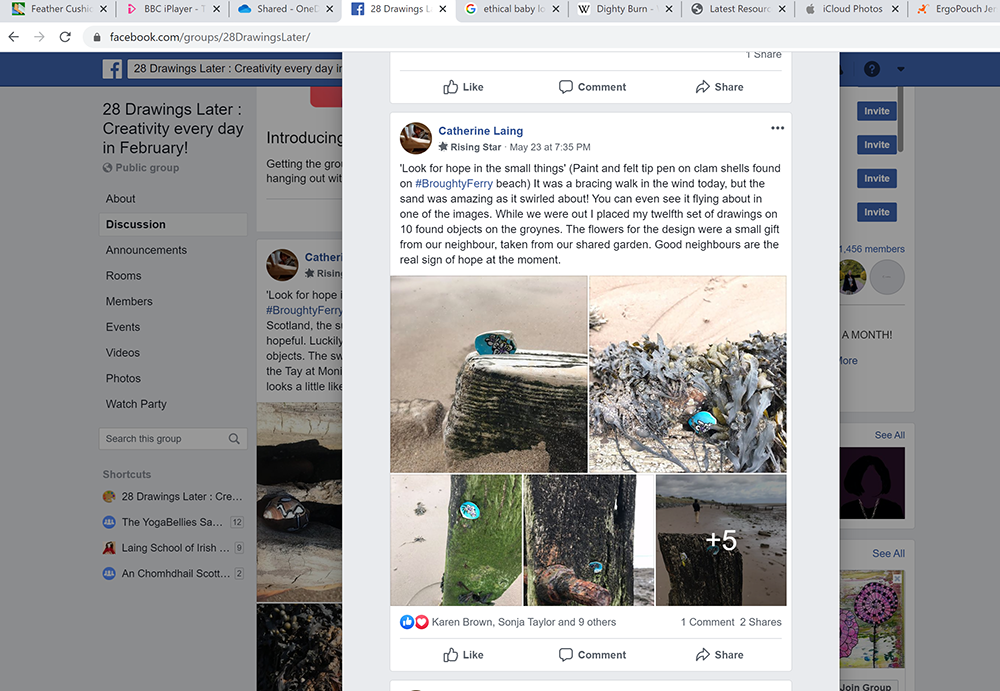 Initially, I just sat my work on the groynes; however, over time I found ways to wedge them into the rotting wood. This makes them more secure and makes them feel more part of the existing landscape. I always feel a thrill upon returning on another day to find that some are still there!
Initially, I just sat my work on the groynes; however, over time I found ways to wedge them into the rotting wood. This makes them more secure and makes them feel more part of the existing landscape. I always feel a thrill upon returning on another day to find that some are still there!